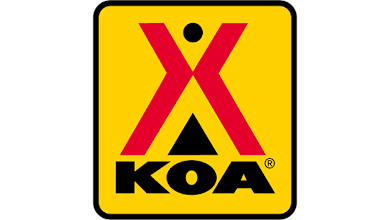Go RVing: How Omnichannel Marketing Trend Impacts RV Industry
The following is from RVIA’s News & Insights Report.
Go RVing revealed a consumer marketing trend impacting the RV industry – omnichannel marketing.
Omnichannel marketing is a multichannel sales approach that provides the customer with an integrated, seamless and personalized experience, whether they’re shopping online from a desktop or mobile device, via phone, or in your brick-and-mortar store.
The goal of an omnichannel marketing strategy is to create a convenient, seamless user experience for consumers.
For example: While Nike’s physical stores are increasingly digitally enabled, the Nike app stands out as the real success story for the sportswear giant, as it lets customers browse and reserve items in their local store, scan QR codes to pull up products, get product recommendations based on previous purchases, and unlock exclusive access to newest products. Since the app launched in 2018, it has been downloaded over 250 million times.
Omnichannel is not the same as a multichannel strategy. While multichannel starts with the company and looks at specific social media channels, omnichannel starts with the consumer and interacts between channels for a seamless experience.
According to a study published by RetailDive, 78% of consumers said they use two or more channels to browse, research and make purchases, while 30% said they use three channels or more.
Customers increasingly expect consistent information to be at their fingertips, regardless of the channel they choose to engage. Seamless omnichannel experiences are a key differentiator, driving higher customer satisfaction and loyalty.
Below are three ways that omnichannel marketing strategies can be implemented:
- Unified Data Systems: Integrate data from all customer touchpoints, using Customer Relationship Management systems that enable a 360-degree customer view. This data fuels personalized recommendations and consistency.
- Mobile Integration: Encourage app adoption to connect physical and digital channels. Apps can offer online-to-offline features like in-store pickup, availability checks, and real-time promotions based on customer location.
- Consistent Brand Messaging: Use unified messaging across all channels to provide a cohesive experience. With real-time updates, offers can be adapted based on customer interactions.
“By implementing omnichannel marketing strategies, RV industry companies can make themselves stand out to consumers interested in renting or buying an RV. Seamlessly weaving online and brick-and-mortar shopping experiences will make it easier for consumers, especially first-timers, to shop for an RV and enter the lifestyle,” RVIA said.


